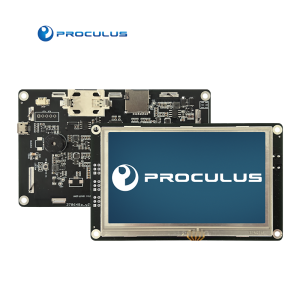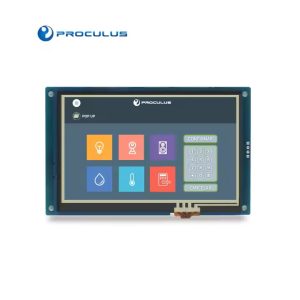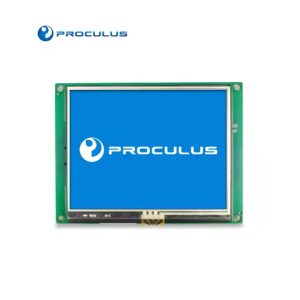TFT LCD Screen is Very Popular in the Medical Industry
In order to choose the right TFT LCD screen for medical applications, engineers and decision makers need to fully understand how the specifications of the TFT LCD screen affect the final product. It is also important to understand the difference between medical displays and industrial or consumer LCD screens.
In the past, medical devices with displays were usually bulky, with many scales and buttons. Machines with buttons and knots provide a breeding ground for harmful pathogens because they are more difficult to clean than modern machines with flat touch screen interfaces. The use of TFT screens on medical equipment not only facilitates disinfection, but also saves a lot of front panel space, which can be used to display important medical information.
1. Strict working environment of medical TFT LCD screen
Medical equipment may be affected by extreme temperatures, vibration and shock, humidity, and environmental changes. Therefore, it needs a highly reliable TFT LCD screen, and may need to use a transparent protective cover to protect the display from damage from daily use. Although the performance of ordinary LCD screens is not enough, medical TFT LCD screen suppliers can add some enhanced functions, such as optical bonding of the front panel and anti-reflection coating, and transflective displays with both reflection and transmission characteristics.
2. Medical standards of TFT LCD screen
Medical TFT LCD screens are commonly used in three applications: standard (such as monitors), life support (such as blood glucose meters), and life-critical equipment (such as ventilators). These applications have very different requirements in terms of functionality, reliability, and mean time between failures. There are clear standards in terms of resolution, noise, viewing angle, glare, color uniformity, distortion, reflection, brightness response, and brightness uniformity.
The certification process for these standards is cumbersome and expensive. The LCD screen suppliers are unwilling to modify the standards and require long-term use of LCD screens to ensure the life of the TFT screen. Many color liquid crystal displays have a life span of more than ten years.
3. Use TFT LCD screen medical equipment
(1) A ventilator can help keep the lungs running normally. It cannot treat or solve health problems, but when you receive treatment or have recovered health, it can do the breathing work for you.
(2) The humidifier is designed to increase the temperature and humidity of the gas delivered by the patient, and provide the best temperature and humidity to improve the comfort of the patient.
(3) The infusion pump is a medical device used to control the infusion of the patient. There are many different types of infusion pumps used for various purposes and various environments. This infusion pump is better than a manual infusion pump because it can deliver liquids at precise frequency, volume and interval.
(4) The ECG monitor is a life-saving device used to measure the electrical activity of the heart to show whether the heart is working normally. The commonly used choice is the 8-inch TFT screen.

 English
English


